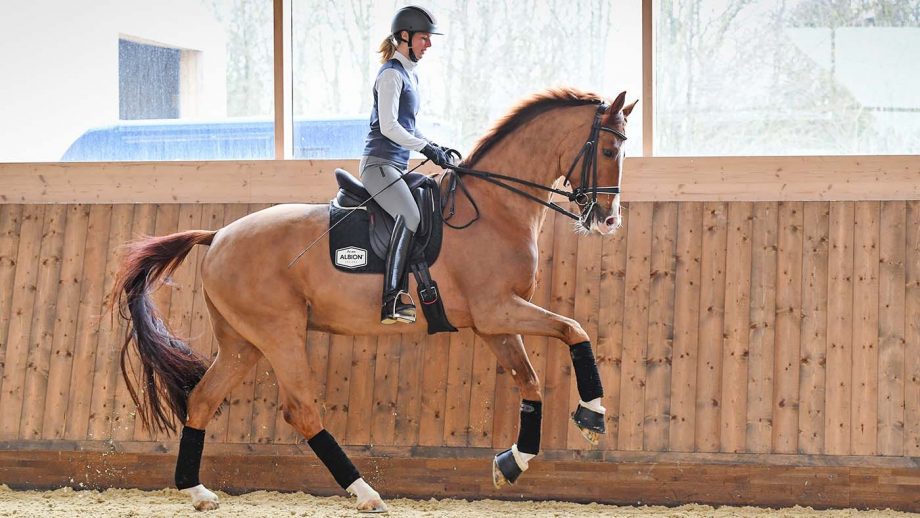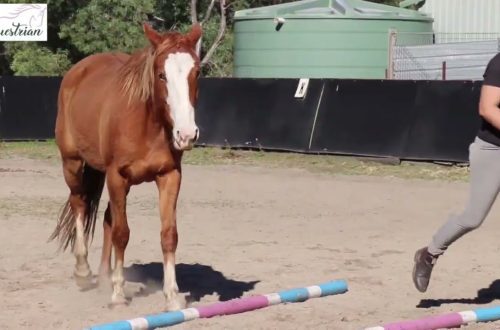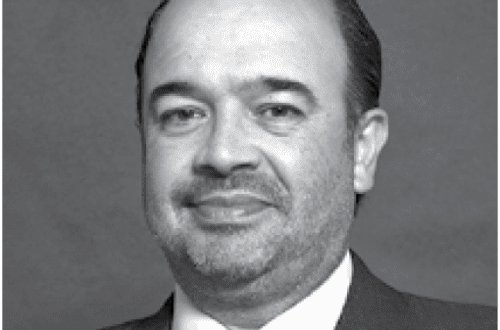
6 tips from Olympian Laura Tomlinson
Photo taken from fivephasesfarm.blogspot.com
Whom to turn to for training advice but an Olympic gold medalist Laura Tomlinson? Horsewoman shared six tips about the basic things that will help you establish contact with the horse and establish fruitful work.
Feel the horse
If your horse is stressed or nervous, support and calm him down. There must be trust between the rider and the horse – it is important for the horse to know that the athlete will not ask him for more than he can do. The athlete must avoid achieving goals through brute force and exhausting training. Encourage good responses to commands and results. And if the training is not successful – think about the reasons, and do not blame your horse for failures.
Work with the horse not only on horseback: dilute the monotonous ride with lessons on the lunge and work in the hands. Go for walks in the forest, alternate dressage riding with training on rough terrain.
Response to controls
To get the horse to respond quickly to commands, the rider must draw his attention to himself. In this he will be helped by frequent half-halts and transitions both from gait to gait and within it. Pay attention – your leg should remain light – constant pressure on the sides of the horse will cause it to stop responding at some point.
Don’t let the horse “invest” in the reins
If the horse “lays down” too much in the hand or, without paying attention to the commands of the rider, runs forward, then one of the best exercises is riding in a square. In each corner, the athlete must do obsessions, keeping the internal order. As soon as the horse comes out of the corner, relax your arms and repeat the same in the next corner. Your horse must learn to wait for commands from you and listen to them.
Get the horse to respond to your body position and keep moving forward so that the horse’s hind legs are active and under the body.
Improvement in average gaits
If you have a problem with the horse not showing the extension of the frame and swing well, then the next exercise is for you. Walk the corners in a collected gait, making sure the horse’s hindquarters are active and energetic. Before entering the long wall, halt by making the horse “lift the front”, and then push it forward, allowing the frame to widen.
Try to maintain a “tight”, stable contact, while giving the horse the opportunity to catch the balance and stretch the neck a few centimeters.
After you have walked a wider gait of 15-20 meters, shorten the horse again and repeat the exercise.
Strive to perform well and don’t go for the duration of the average gait – your horse may not be physically fit at first in order to maintain balance without running away and without losing balance.
Improving fit
The harmonious seating of the rider will look when he accompanies the horse with his body, moving to the beat of his gaits. The hips and pelvis should absorb the movement of the horse’s back, and the arms should absorb the movement of the front of the horse’s body.
Do not try to focus on the absolute immobility of the body – this will only cause unnecessary tension and enslavement.
Relaxing a “wound up” horse
Has it ever happened that you go to the arena with the feeling that you are sitting on a powder keg? Do not know how to distract the horse from the rustles and attempts to find a worse corner? Remember one rule: “Horses love routine because it makes them feel safe.” Find a way to get your horse’s attention without putting too much pressure on him. So, she will have less time to get scared of things around her or “play along”. Add more side elements and transitions to the work – they will help relax the horse’s back and relieve tension.
Try not to pull on the reins as you shorten the horse’s neck—horses tend to get even more nervous if they feel like they’re being ‘held’.
These six simple tips will help you achieve stability in your work, improve results and, step by step, achieve your goals. The main thing – take your time and analyze your own actions.





